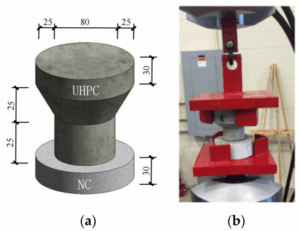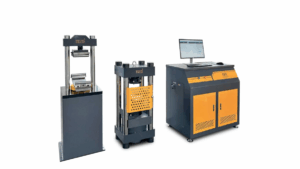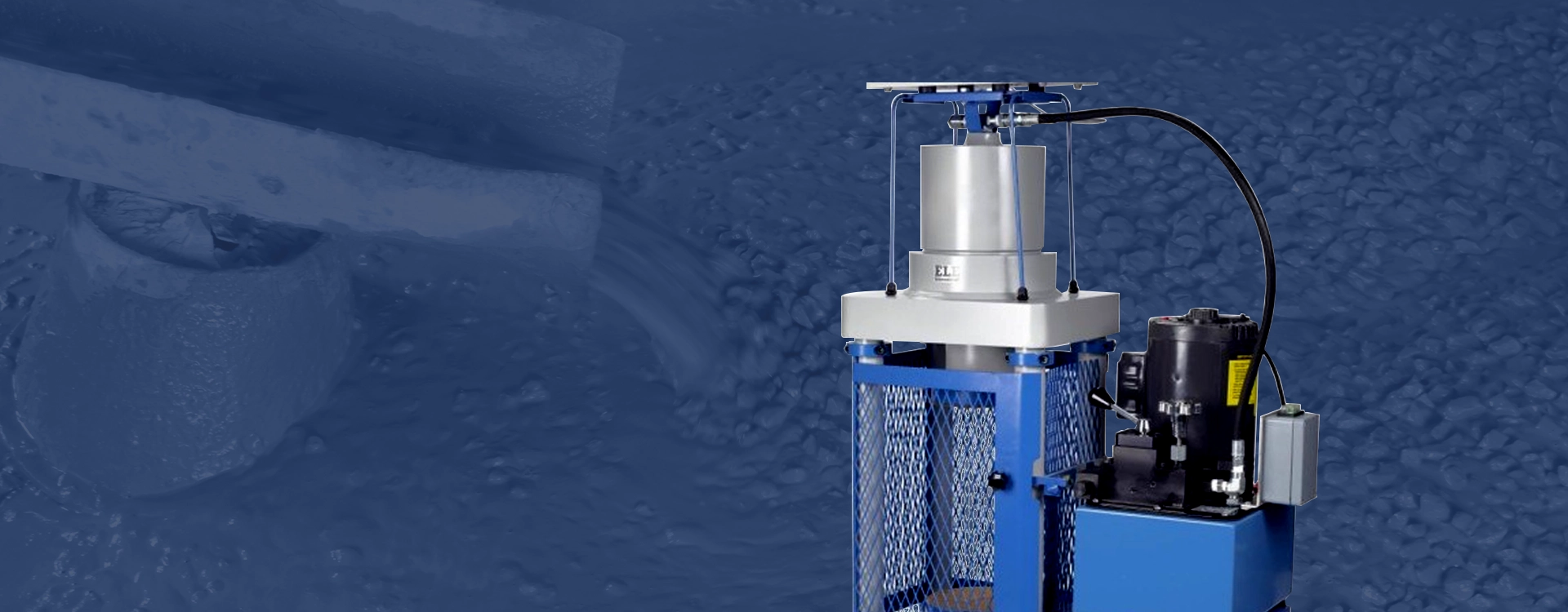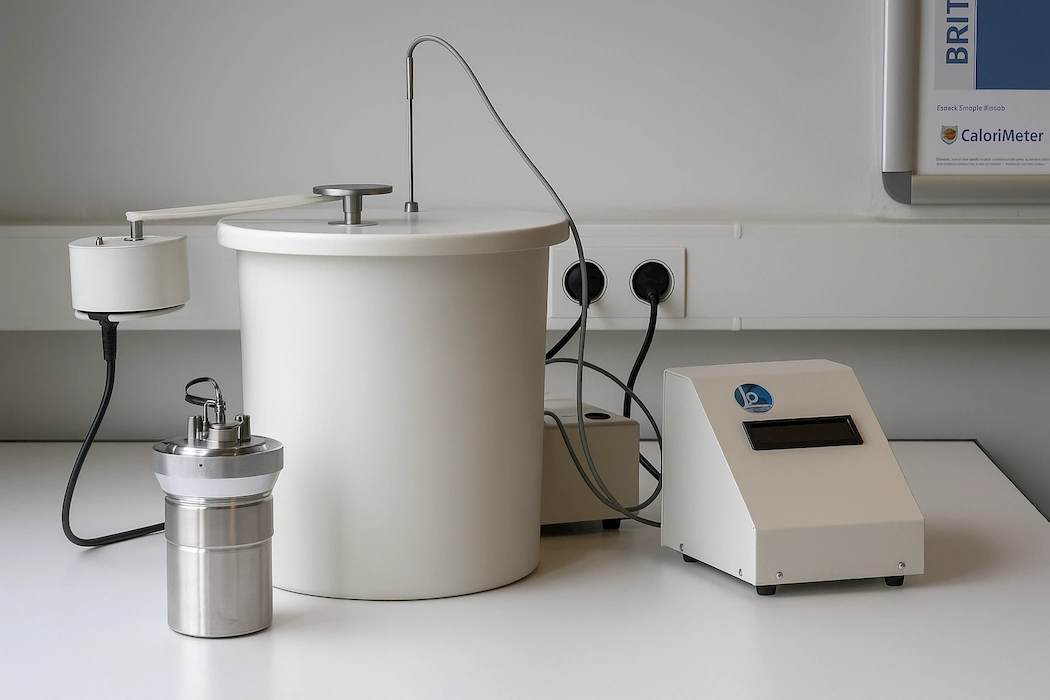Optimizing Accuracy, Safety, and Compliance for High-Strength Materials
Ultra-High Performance Concrete (UHPC) is revolutionizing modern construction with compressive strengths exceeding 29,000 psi (200 MPa) and exceptional durability. For precise testing UHPC material samples needs specialized automatic compression testing machines and protocols. Traditional concrete testing equipment often falls short due to UHPC’s unique properties, including fiber reinforcement, low water content, and extreme strength. Here’s a comprehensive guide to selecting the ideal compression testing machine for UHPC, backed by industry standards and best practices
.

- Key Considerations for UHPC-Specific Machines
Load Capacity and Frame Size
UHPC’s compressive strength far exceeds conventional concrete, so machines must handle minimum capacities of 35,000 psi to avoid catastrophic failures. Machines with a safety factor of 2–3× the expected load are recommended to ensure safe operation under extreme pressures.
- Load frame size: Ensure the machine accommodates standard UHPC specimens, such as 3” x 6” cylinders or 6” cubes, which eliminate the need for end grinding.
Compliance with ASTM C1856
Unlike traditional ASTM C39 tests, ASTM C1856 governs UHPC testing and mandates:
- End preparation: Cylinder ends must be ground to a plane finish (≤0.002 in. deviation) to prevent skewed results.
- Load rate: Testing at 145 psi/s ±7 psi/s ensures accurate strength measurement, avoiding slower rates designed for conventional concrete.
Advanced Control and Automation
- Automated data acquisition reduces human error and streamlines reporting for compliance with standards like ISO 9000 or ASTM E11
- Essential Features for UHPC Testing
Safety Mechanisms
High-strength UHPC samples can shatter explosively. Prioritize machines with:
- Protective fragment guards and reinforced doors.
- Lateral stiffness to minimize shockwaves that damage hydraulic systems
Accessories for Multi-Parameter Testing
UHPC projects often require supplementary tests, such as:
- Flexural strength: Use third-point loading fixtures for prism beams
- Creep and shrinkage: Invest in frames with strain measurement devices
- Abrasion resistance: Attach rotating cutter devices to assess wear
Software Integration
Modern machines with AI-enabled analytics or connectivity to Laboratory Information Management Systems (LIMS) enhance efficiency and data traceability
- Manual vs. Automatic Machines: Pros and Cons
| Feature | Manual Machines | Automatic Machines |
| Cost | Lower upfront investment | Higher initial cost |
| Accuracy | Prone to human error | High precision with closed-loop control |
| Speed | Slower, labor-intensive | Faster, automated load application |
| Best For | Small-scale or occasional testing | High-volume labs or advanced UHPC research |
Automatic machines are preferred for UHPC due to stringent accuracy requirements
- Maintenance and Calibration
- Regular calibration: Follow ASTM guidelines to ensure accuracy, especially after testing high-strength samples
- Lubrication and cleaning: Prevent dust buildup in hydraulic systems to avoid skewed results
- Chain of custody: Document specimen handling to prevent invalid data, as improper transport or curing can compromise UHPC samples
- Future Trends in UHPC Testing
- Cube specimens: Emerging studies show cubes (ASTM C109) provide comparable results to cylinders without end grinding, reducing prep time
- Higher load rates: Research supports testing at 150 psi/s for UHPC, minimizing test duration without sacrificing accuracy
- AI-driven diagnostics: Predictive analytics for real-time failure detection and strength prediction
Conclusion:
Selecting the right compression testing machine for UHPC hinges on balancing load capacity, compliance with ASTM C1856, and advanced automation. Prioritize safety features, calibration protocols, and accessories for multi-parameter testing to ensure reliable results. As UHPC adoption grows, staying ahead of trends like cube testing and AI integration will position your lab as a leader in high-performance materials analysis.




